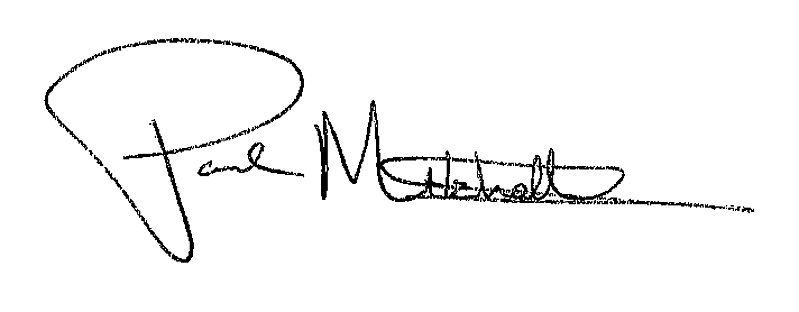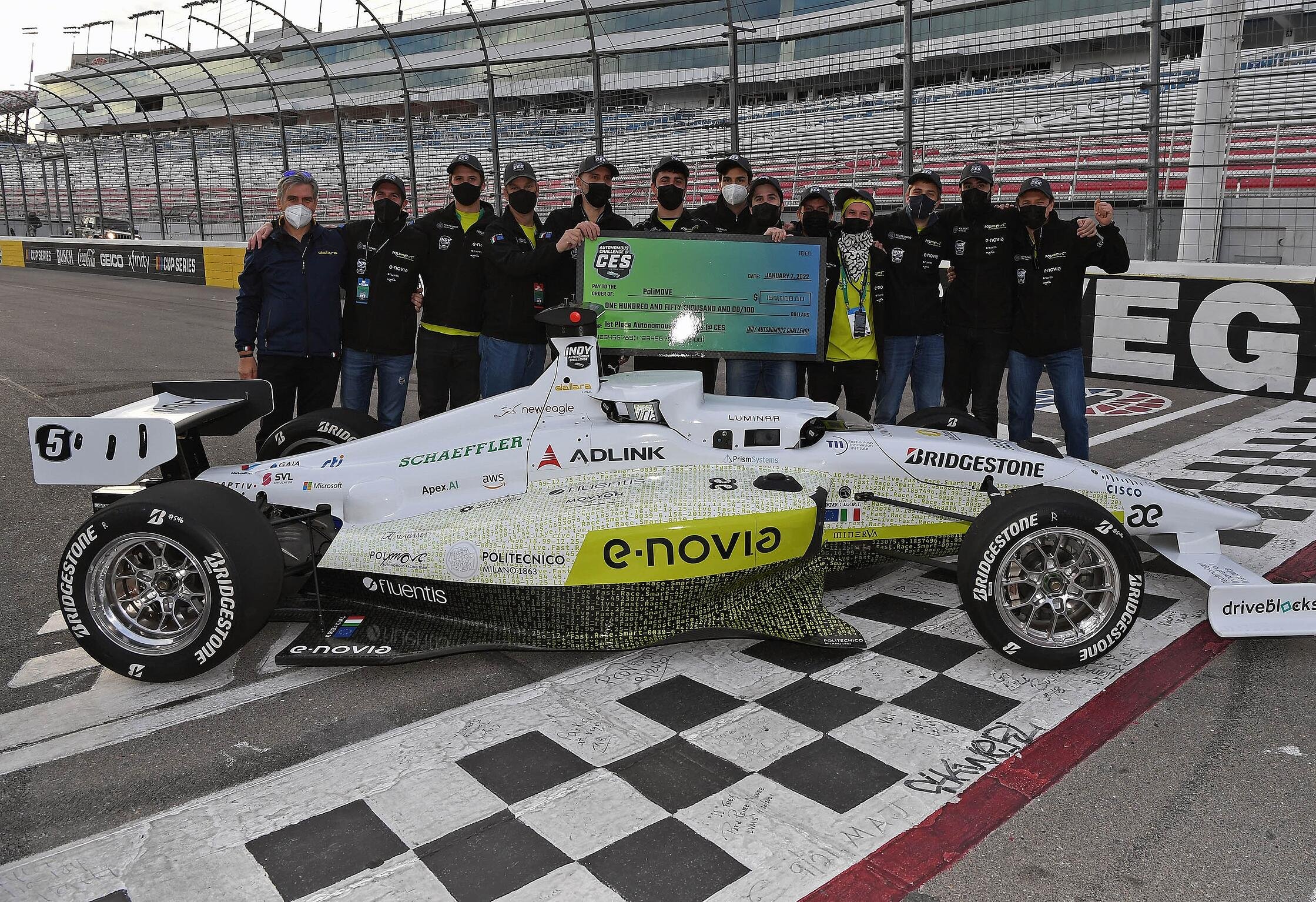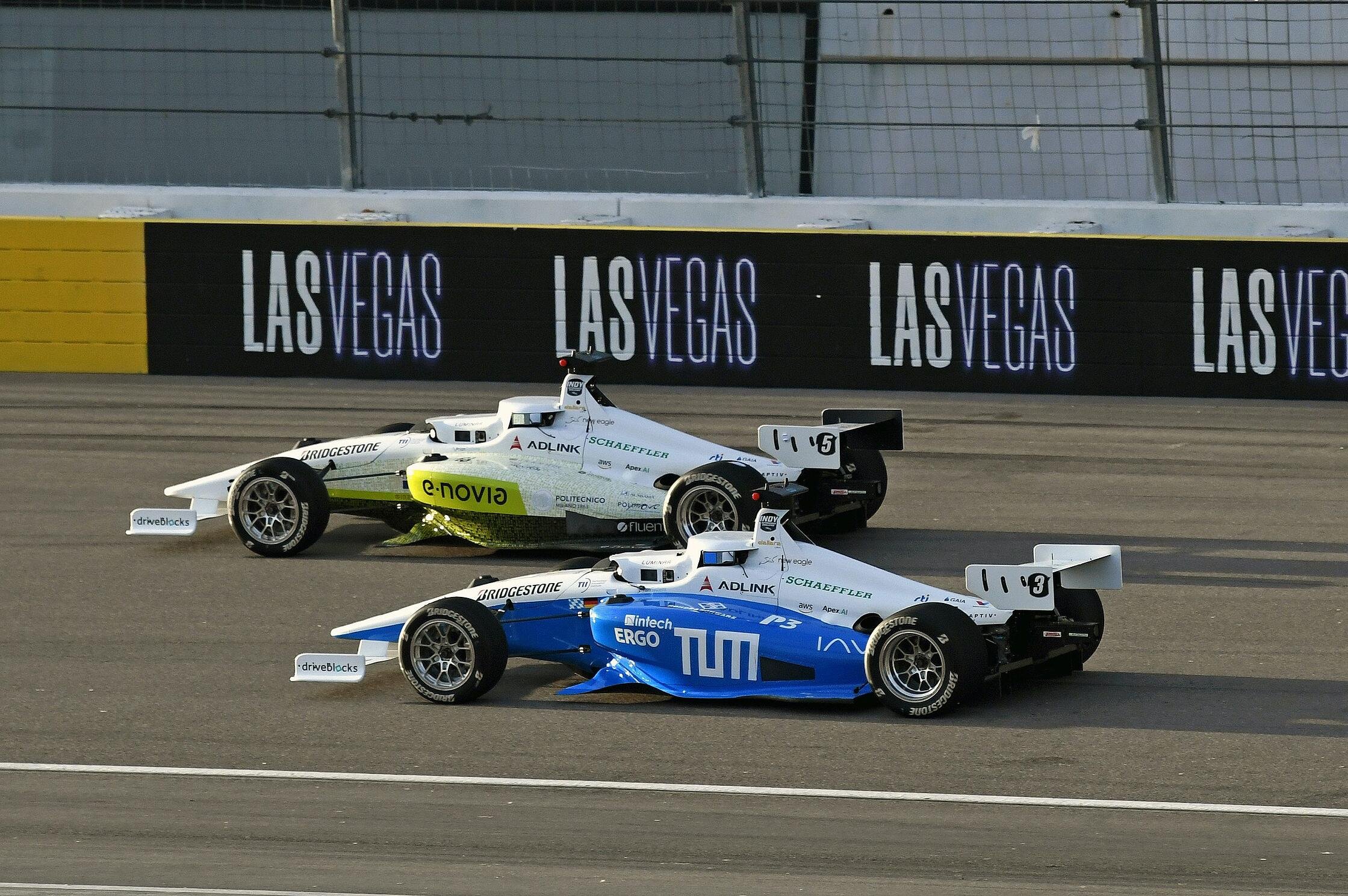The Leaderboard, February 2022 Newsletter
Message from Energy Systems Network President & CEO
Global Audience Applauds Amazing Performance of IAC Teams at CES® 2022-- IAC Prize Competitions to Continue in 2022 and Beyond
Media headlines around the world showed that history was made again by the Indy Autonomous Challenge (IAC) and our university teams, this time at CES® 2022 - the most influential tech event in the world. We came to CES to showcase to the world how autonomous technologies are being advanced by the IAC and that story was told by some of the world’s biggest media outlets including CNN, the BBC and AFP, the largest wire service in the world. Hundreds of news stories hailed our university teams as innovation heroes around the world.
It has been a two-year journey for all of us, Energy Systems Network (ESN), our university competitors, industry partners and many others, from development of the prize competition to our two historic competitions - first at the Indianapolis Motor Speedway (IMS) in late October, to the high-speed, head-to-head autonomous racecar passing competition at the Las Vegas Motor Speedway a few weeks ago. However, the journey doesn’t end there. Plans are continuing to advance the prize competitions in 2022 and beyond to further speed our goal to harness the power of prize competitions to attract the best and brightest minds from around the globe to further the state-of-the art technology in safety and performance of autonomous vehicles. We attracted 41 universities from around the world by March 2020, and 21 of those universities, from 9 countries, formed 9 teams which participated at IMS, and then again in the Autonomous Challenge @ CES at the Las Vegas Motor Speedway.
Our teams were collaborative, which is one of the benefits of a prize competition. In fact, several teams joined forces in the last two competitions to be more competitive. At IMS, TUM Autonomous Motorsport from Germany took first place and the $1 million-dollar grand prize. In Las Vegas, the PoliMOVE team, from Politecnico di Milano in Italy and the University of Alabama, won the Autonomous Challenge @ CES. However, we congratulate all 41 of our university participants as they all made valuable contributions to the advancement of autonomous vehicle technology.
In the last eight months, our teams went from achieving 30 mph single vehicle point-to-point test runs with a chase car and teleop override, to a head-to-head fully autonomous passing competition with 169 mph overtakes on a global stage at CES. All of this while battling a number of challenges including a global pandemic. We could not be prouder and more honored to have been a part of this journey.
We also want to thank our partners and sponsors, without whom, we would not have been able to provide the most advanced autonomous racecar, the DALLARA AV-21, to our university teams and, just as importantly, share our journey with the world in two major competitions. The videos are still up on the IAC website and we invite you to re-watch the competitions, as well as view our media coverage.
The IAC has had great success, but the story is far from over. More details will be shared over the next several months, so stay tuned. We must continue to advance together and find ways to let others (universities, companies, governments) join in the journey. This will make the IAC stronger and more impactful to the world
Paul Mitchell
President & CEO
Energy Systems Network.
MEET THE IAC TEAMS!
Re-watch the Indy Autonomous Challenge Powered by Cisco and the Autonomous Challenge @ CES
The Leaderboard caught up with Sergio Matteo Savaresi, team lead for PoliMOVE, and Phillip Karle, team lead for TUM Autonomous Motorsport, for a conversation on the value of the IAC from the perspective of the teams.
PoliMOVE was the winner of the Autonomous Challenge @ CES on January 7, 2022 at the Las Vegas Motor Speedway. TUM won the Indy Autonomous Challenge Powered by Cisco at the Indianapolis Motor Speedway on October 23, 2021 and came in second place at the Autonomous Challenge @ CES. Join our conversations online @IndyAChallenge.
LEADERBOARD CONVERSATIONS
Sergio Matteo Savaresi, Full Professor in Automatic Control at Politecnico di Milano and PoliMOVE team lead
Why did PoliMOVE enter the Indy Autonomous Challenge (IAC)?
IAC is the birth of a new era in motorsport, with the introduction of the concept of the “A.I. driver”. My research group is focused on all the main research streams of vehicle automation/robotization, so IAC was a unique opportunity to make history, with something fully in-line with my research activity, professional interest, and also passion!
In your opinion, what are the most important aspects of the IAC?
Developing a technical platform for the development of A.I. drivers in motorsport. This is a huge quantum leap in the development of the autonomous car, since autonomous motorsport can test and develop the most critical “emergency” functions of the future autonomous cars (robo-taxi and alike) that will travel on public roads in the future.
What were your expectations when you first entered to compete? Did they change throughout the two years of engagement?
My expectation was a real “challenge”: a very difficult goal, probably fully achievable only after years of work and development. And this was what I liked more: something really challenging and difficult, borderline with a “dream”. This expectation did not change after 2 years: a full race with 10 cars simultaneously competing head-to-head at the same time on a racetrack is still a goal, but in October 2021 at IMS and, more than that, on January 7, 2022 at Las Vegas, a major step has been made in that direction.
What was the most challenging technical aspect of the IAC?
The system integration of a large amount of sophisticated systems and subsystems, with an intricate connection of hardware and software.
What did PoliMOVE learn? What was the greatest take-away?
My team had an incredibly steep learning curve during the last 12 months. The greatest take-away was the enormous enthusiasm, commitment, and energy of every team member in this challenge. We have learnt the “racing-approach” applied to research: maximum focus, objective-oriented, and fully-measurable results, mixed with a lot of glamour and emotional involvement.
In what area do you feel that you have advanced efficiency and safety to speed up the commercialization of autonomous transportation?
Definitely, in the “slice” of autonomous cars technology mostly critical for safety: the “emergency module” (the part of the A.I. that can safely manage an autonomous car in critical conditions: high speed, fast dynamics, complex environment, limit road-tire friction, unexpected situations).
Phillip Karle, Chair of Automotive Technology, TUM School of Engineering and Design, Technical University of Munich, and team lead for TUM Autonomous Motorsport
Why did TUM enter the Indy Autonomous Challenge (IAC)?
Our goal as a research group was to enable innovation in the field of autonomous driving. The field of autonomous racing gave us the chance to test our software under real-world conditions in complex scenarios with high speeds and interaction in an uncertain environment. We joined the IAC to challenge our software against teams from all over the world and to push the limits of autonomous racing to a new level, demonstrating our research findings and showing state-of-the-art autonomous racing to tech communities worldwide; the next step is to transfer the insights to autonomous driving in public road traffic.
In your opinion, what are the most important aspects of the IAC?
The most important aspect of the IAC was the common goal of all the teams to achieve a new level in autonomous racing. The spirit between the teams was that together we can achieve much more than we would on our own. Cooperation was the key to drive innovation. On the one hand we supported each other, on the other hand we challenged each other on the racetrack to get the best out of every piece of software.
What were your expectations when you first entered to compete? Did they change throughout the two years of engagement?
Our first expectation was to compete in a highly innovative challenge of such a great project. This didn’t change throughout the two years. However, as the final event was nearing, we realized that a multi-vehicle race with up to 10 autonomous vehicles on the track at one time, as originally planned, was too complex. We are convinced that we will see these multi-vehicle races in upcoming events. The Las Vegas IAC competition showed that interactive racing at high speeds is a realistic event format. The next time the teams will start from that level to reach an even higher level.
What was the most challenging technical aspect of the IAC?
The short development process with the real vehicle at the racetrack. We developed our software over 1.5 years, but had only eight weeks to work with our own car at the racetrack. The main part of our development process was done in simulation, where you can reach a quite good level, but in the end the performance on the racetrack is what counts.
What did TUM learn? What was the greatest take-away?
We gained a lot of experience during the software development process, from evaluating the promising concept to applying the full autonomous software on the racecar and learned a lot about the software architecture and the entire software stack. Regarding the single software modules of location, perception, prediction, planning and control, we have experts in every field, and we have a comprehensive understanding of the performance of the modules and their applicability in real-world scenarios.
In what area do you feel that you have advanced efficiency and safety to speed up the commercialization of autonomous transportation?
System knowledge is an aspect which is often neglected. There are many isolated algorithms for the different tasks of autonomous transportation, but there are several challenges to the integration of all the single algorithms in an overall software stack. These aspects of creating the full comprehensive software stack for autonomous driving with all its functional dependencies, and hardware related aspects such as real-time constraints and the overall latency are crucial when it comes to the application of these systems. Regarding the efficiency of the overall process, our rapid development process mainly done in simulation with a team of 15 PhD students only showed what is possible in just two years. The safety aspect was covered during the IAC by the fact that with such high speeds our car had to react quickly in unforeseen scenarios to find a safe solution in every scenario.
DRIVING INNOVATION
DALLARA AV-21 AUTONOMOUS RACECAR
Check out the IAC Website racecar page for details on the world's most advanced autonomous racecar!
FEATURED VIDEO
No Headlights, No Track Lights, No Driver
The Indy Autonomous Challenge Dallara AV-21 is run on algorithms. The software makes all the decisions. Watch the IAC team TUM Autonomous Motorsport show how the most advanced autonomous racecar runs, in the dark.
Media Coverage of the IAC @ CES 2022
BBC Click – Watch: Checking out the latest and greatest innovations coming out of CES 2022, including the self-driving cars taking part in the Indy Autonomous Challenge.
CNN - Watch: This self-driving racecar goes 173 mph with no human driver inside
Die Welt (Germany) Read: Erstes autonomes Autorennen: Wie Formel 1, nur ohne Fahrer
Il Sole 24 (Italy) - Watch: Auto da corsa a guida autonoma, Politecnico di Milano da primato
KTLA (Ch5-LA)- Watch: At this autonomous race car competition, these speed cars are programmed to drive themselves
Mashable - Read: Watch high-speed autonomous race cars go head-to-head on the track
TechCrunch - Read: The best future car tech at CES 2022
UK Daily Mail (AFP) - Read: Eat my dust humans.Self driving racing cars hit 173 mph during first-ever autonomous race at the CES in Las Vegas.
Yahoo! Autos - Read: How Indy Autonomous Racing Got Real at Las Vegas Motor Speedway
Read more stories about the IAC in the News, visit the IAC website media page.








